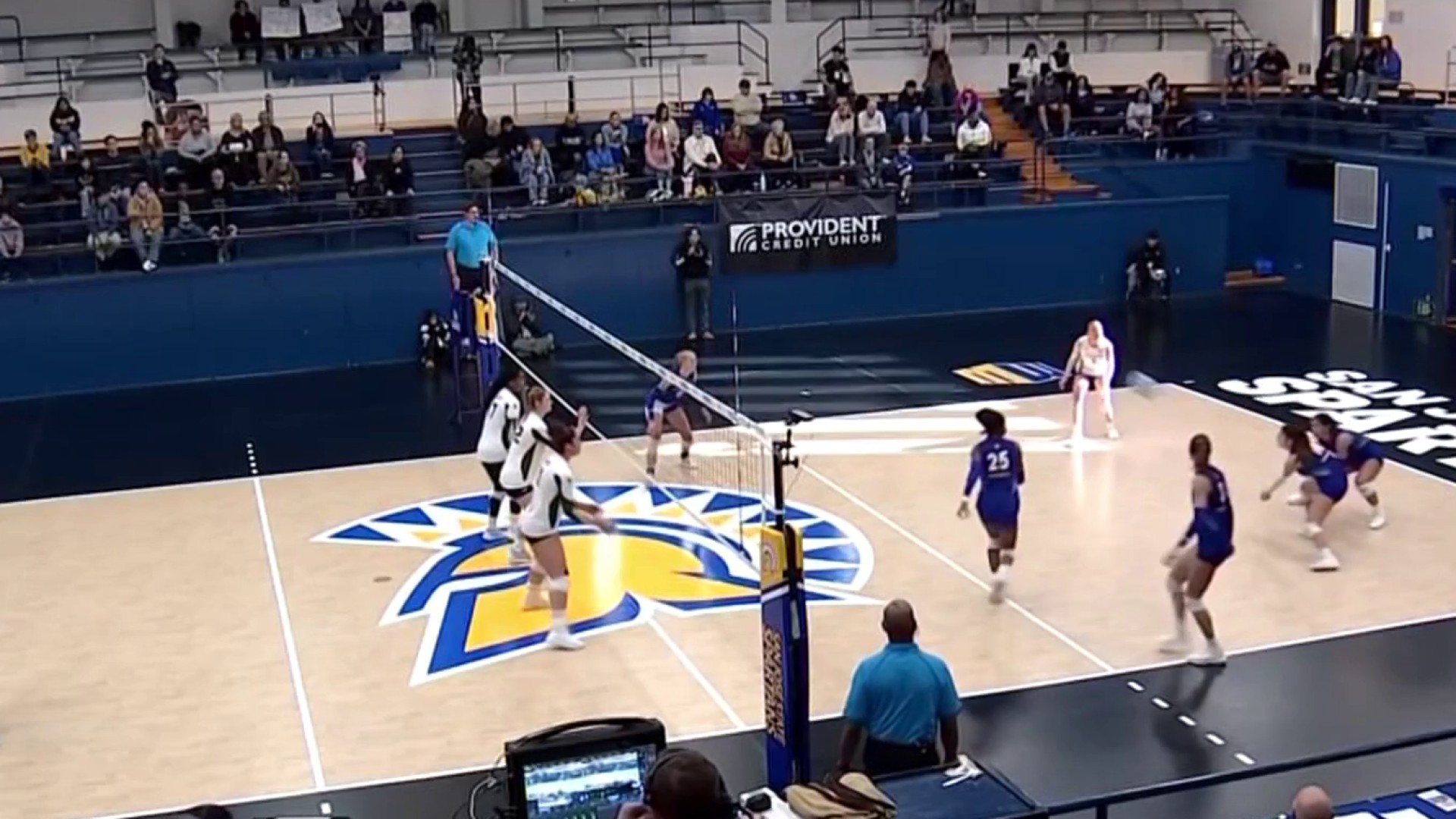Imagine a future, taking your kids or grandkids to the Sierra in February, and there’s no snow.
A new study just revealed the impact on Sierra snow in a warmer climate. Researchers with the Desert Research Institute published in the journal Climate Dynamics that the snowline will continue to rise with less snowfall on average.
Even with an epic winter like California just had, the study says to expect gradually declining snowpacks, putting a strain on the state's water supply. After a detailed analysis of the past 70 years, projections show that the snowline could rise by more than 1,600 feet by 2100.
That means lower elevation ski resorts like Palisades and Northstar will be hit hardest, projected to lose 70% of their snow accumulation in an average winter. That could have a huge impact on the economy, recreation, wildfire activity, public health, ecosystems and more.
One of the co-authors of the study, Ben Hatchett, talked about the concerns with some optimism.
"The concern going forward will be that we are going to receive an increasing fraction or proportion of precipitation from atmospheric rivers," Hatchett says. "And if those are typically warm, we want to know how much those will actually warm because we’ll be more and more reliant on them. If they’re warmer that will mean less water that’s stored in our mountains for later use for irrigation, for ecological applications, as well as drinking water. We looked at all these different factors and indeed we expect a 1,600-foot rise in elevation in the winter snowline by the end of the century assuming no climate change mitigation strategies."
Hatchett adds that there is a way to change our future by reducing carbon dioxide emissions to slow global warming.
Local
Watch the full interview above, and read the study at https://www.dri.edu/retreating_snowlines.
Get a weekly recap of the latest San Francisco Bay Area housing news. Sign up for NBC Bay Area’s Housing Deconstructed newsletter.




